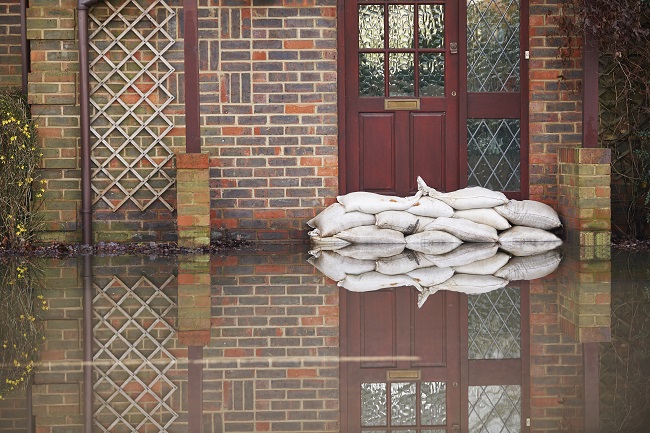The whole concept of home insurance can get pretty confusing pretty quickly. In general usage, people tend to use the term ‘home insurance’ to mean one of two quite different things - house or buildings insurance, the cover for the physical structure of your property which mortgage lenders oblige all homeowners to have, and contents insurance, which protects all of your possessions from theft or damage.
When you then throw home emergency insurance into the mix, things really do start to get murky. These policies are intended to cover repair and call out bills when any one of a number of minor disasters strike, such as your boiler packing in, water pipes bursting, roofs leaking or your electricity, gas or water supply being cut off. This is different to buildings insurance, which is there to guard against much more significant damage to a property.
Emergency cover often also pays out for things like pest control and having to get your locks changed because you lost your keys.

The difficulty people have with the different flavours of home insurance is it can be hard to determine where the boundaries between them lie. Many homeowners take out house and contents insurance together, and therefore view them as one and the same thing. This is exasperated by the fact that some contents policies may include home emergency cover, or aspects of it, within their terms. Alternatively, when you were sold your contents insurance, the provider may have talked you into agreeing to emergency cover for the sake of a few extra quid a month, without ever really explaining what it did.
A policy you can use
Standalone emergency policies are readily available to purchase completely separate from the rest of your home insurance. But are they worth it? Are you not just paying twice for something you may already be covered for, or which you could buy at a discount as a bolt on to your contents insurance?
The truth is, claim rates on emergency cover add-ons or inclusive policies are very, very low. This is sometimes used to argue that emergency cover is a waste of time full stop, that people pay for them but hardly ever feel the need to make a claim on them. But this misses the point. People do need to get their boilers fixed in a hurry, they do suffer water damage from leaks and burst pipes, they do face a wide range of scenarios where they have to pay a professional to come out and solve a problem in their home at short notice.
The fact that so few people make claims following these incidents shows how poorly understood emergency cover is for the home, and how poor a job the big-name contents providers do explaining the product to their customers. If anything, this is an argument for more people to take out standalone policies, where they can make a fully informed purchase with a clear understanding of what they will be covered for. That way, we would surely see claims rise.
When you factor in the hundreds of pounds, if not more, it might cost to call out a tradesman at short notice to fix a burst pipe, mend a damaged roof or get your boiler up and running again in freezing weather, emergency insurance definitely seems worth it. What doesn’t make sense is having cover that nobody uses.
Interested in finding out more? Get a free home emergency quote from us today to see just what good value our policies are.
*The information in this blog is designed to provide helpful information on the subjects discussed. Please seek a professional for expert advice as we can not be held responsible for any damages or negative consequences upon following this information.
